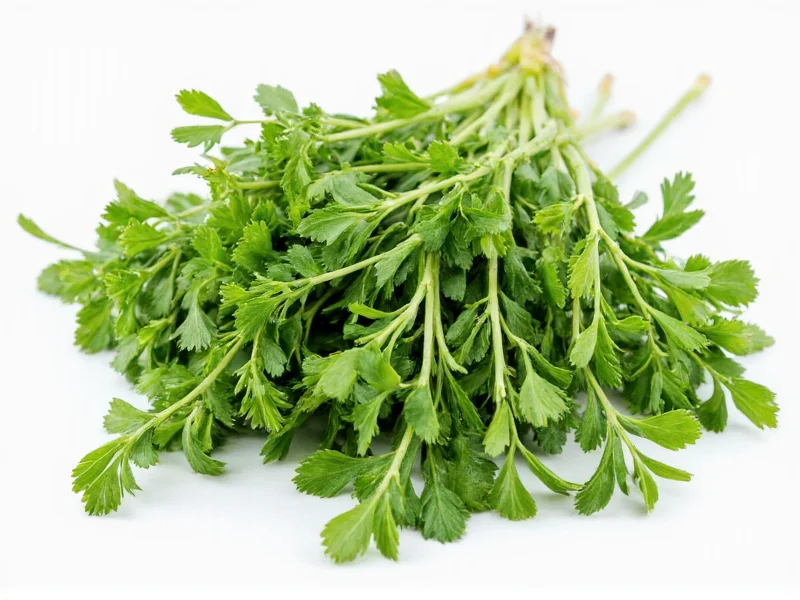Understanding thyme through photography provides essential visual reference for gardeners, cooks, and foragers. High-quality thyme photos reveal critical identification markers that distinguish this valuable herb from similar-looking plants. Whether you're cultivating thyme in your garden or identifying it in the wild, recognizing its specific visual characteristics prevents confusion with potentially harmful look-alikes.
Thyme Varieties and Their Visual Characteristics
While common thyme (Thymus vulgaris) serves as the culinary standard, numerous varieties exist with subtle visual differences. Lemon thyme features brighter green leaves with a distinct citrus scent, while wild thyme (Thymus serpyllum) grows closer to the ground with smaller leaves. Creeping thyme forms dense mats ideal for ground cover, and silver thyme displays striking variegated foliage.
| Variety | Leaf Color | Height | Flower Color | Best Identification Feature |
|---|---|---|---|---|
| Common Thyme | Gray-green | 6-12 inches | Purple | Square stems, strong aroma |
| Wild Thyme | Dark green | 2-4 inches | Pink | Low-growing, dense mat formation |
| Lemon Thyme | Bright green | 6-10 inches | White | Citrus scent when crushed |
| Silver Thyme | Variegated | 8-10 inches | Purple | White-edged leaves |
Seasonal Appearance Changes in Thyme Photos
Thyme's appearance varies significantly throughout the year, making seasonal reference photos invaluable for accurate identification. In spring, new growth appears vibrant green with delicate new shoots. Summer brings mature foliage and abundant flowering, while autumn shows deepened leaf color as the plant prepares for dormancy. Winter reveals the plant's woody structure, with evergreen varieties maintaining gray-green leaves even in cold temperatures.
When examining thyme plant identification photos, pay particular attention to the leaf arrangement. Thyme displays opposite leaf arrangement along square stems—a botanical characteristic shared with other mint family members. The leaves themselves have revolute margins (edges curled under), creating a slightly rolled appearance that distinguishes thyme from similar herbs like oregano, which has flat leaves.
Distinguishing Thyme from Common Look-alikes
Mistaking thyme for similar plants can lead to culinary disappointment or, in rare cases, health concerns. The most frequent confusion occurs with oregano, which has larger, flatter leaves with a more pronounced veining pattern. Creeping Charlie (Glechoma hederacea) shares thyme's low-growing habit but features rounder leaves with scalloped edges and a different scent profile.
Professional thyme herb close-up images highlight the microscopic trichomes (hair-like structures) covering the leaves that give thyme its characteristic grayish appearance. These tiny structures serve as a protective mechanism against moisture loss and are visible under magnification. When comparing common thyme vs wild thyme photos, note that wild thyme typically has smaller leaves and a more prostrate growth habit.
Practical Identification Tips from Thyme Reference Images
When using thyme photos for identification purposes, follow these evidence-based techniques:
- Examine the stem cross-section—thyme always has a square shape
- Crush a leaf between fingers—the distinctive thymol aroma should be immediately apparent
- Check leaf size—mature thyme leaves rarely exceed 5mm in length
- Observe flower structure—thyme produces small, tubular flowers in clusters
- Assess growth pattern—culinary thyme forms upright mounds, not trailing vines
Garden thyme visual characteristics become most apparent when comparing healthy specimens against reference photography. Pay special attention to the leaf attachment point where the petiole (leaf stem) meets the main stem—thyme displays a distinctive slight depression at this junction visible in high-resolution thyme leaf structure photography.
Photographing Thyme for Accurate Identification
When creating your own thyme reference images, capture multiple perspectives to ensure comprehensive identification capability. Include:
- Overall plant structure showing growth habit
- Close-up of stem cross-section
- Leaf underside highlighting trichome coverage
- Flower cluster detail
- Side-by-side comparison with similar plants
Proper lighting significantly impacts the accuracy of thyme plant seasonal appearance documentation. Natural morning light best reveals the subtle gray-green hue of thyme leaves without washing out critical details. Avoid flash photography which creates unnatural reflections that obscure important textural features visible in professional thyme herb close-up images.
What are the key visual differences between thyme and oregano?
Thyme has smaller, gray-green leaves (3-5mm) with revolute margins (curled-under edges) and square stems, while oregano features larger, flat leaves (10-20mm) with prominent veins and a more upright growth habit. The most reliable distinction appears when crushing leaves—thyme emits a strong medicinal aroma while oregano has a more pungent, earthy scent.
How can I identify thyme during winter months when it's not flowering?
Winter identification relies on structural characteristics: examine the square stems, small evergreen leaves with revolute margins, and woody base. The distinctive thymol aroma remains detectable when leaves are crushed, even in cold weather. Compare against reference photos showing dormant thyme plants to recognize the characteristic gray-green foliage that persists through winter in most varieties.
Are there any poisonous plants that closely resemble thyme?
While no highly toxic plants perfectly mimic thyme, some look-alikes require caution. Creeping Charlie (Glechoma hederacea) shares similar growth habits but has rounder leaves and square stems with different scent. Deadnettle (Lamium) may cause confusion but features more pronounced flowers and different leaf arrangement. Always verify identification through multiple characteristics and scent before consumption.
What's the best way to photograph thyme for reliable identification reference?
Capture multiple angles including overall plant structure, close-ups of stems showing square cross-section, leaf undersides highlighting trichomes, and flower clusters. Use natural morning light without flash to preserve accurate color representation. Include a size reference like a coin or ruler in at least one image. For seasonal documentation, photograph the same plant monthly to track thyme plant seasonal appearance changes throughout the year.











 浙公网安备
33010002000092号
浙公网安备
33010002000092号 浙B2-20120091-4
浙B2-20120091-4